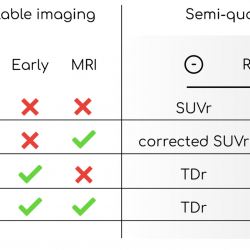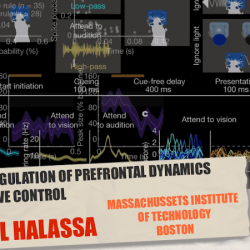A novel multi-class logistic regression algorithm to reliably infer network connectivity from cell membrane potentials
by dr. Thierry Nieus, Università degli Studi di Milano
When: October 6th, 2022 – 2:30 pm
Where: Sala Seminari, VIMM. Recording available on Mediaspace
Abstract: In neuroscience, the structural connectivity matrix of synaptic weights between neurons is one of the critical factors determining the overall function of a network of neurons. The mechanisms of signal transduction have been intensively studied at different time and spatial scales and at both the cellular and molecular level. While a better understanding and knowledge of some basic processes of information handling by neurons has been achieved, little is known about the organization and function of complex neuronal networks.



















